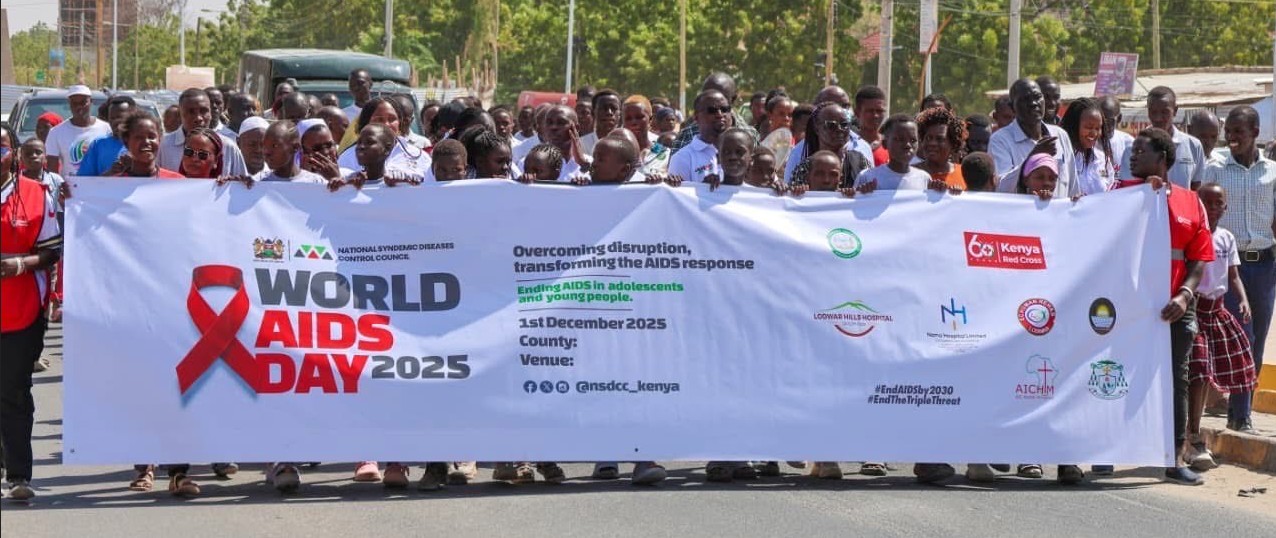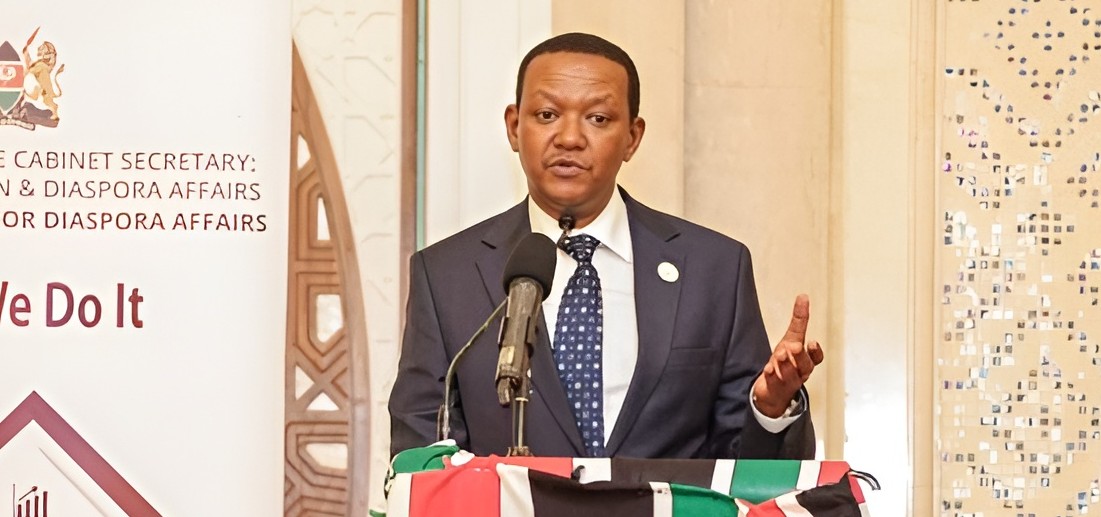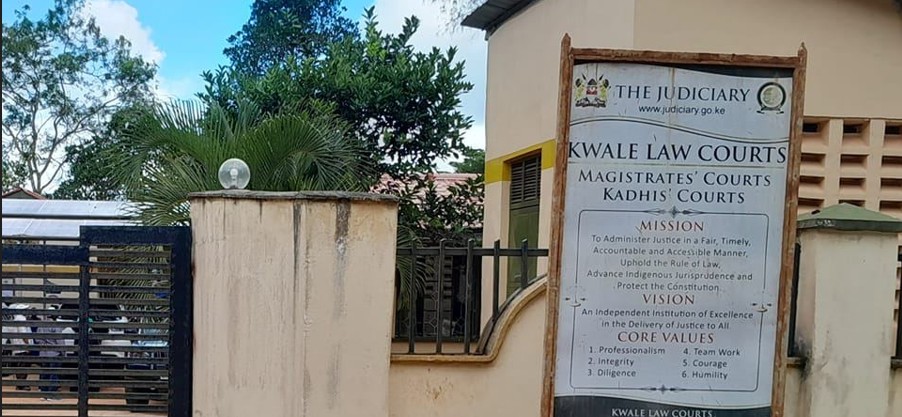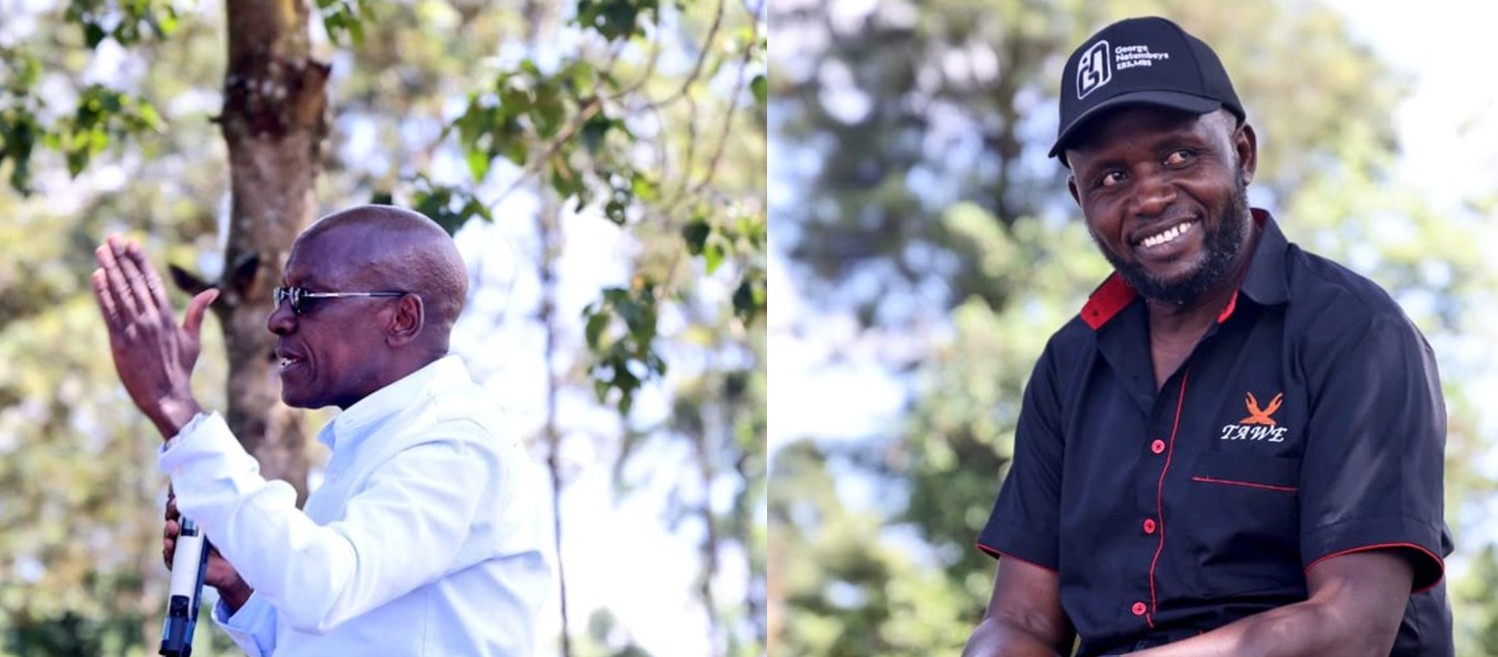Kenya’s 2026/27 budget set at Sh4.65 trillion – Here’s what it means for you
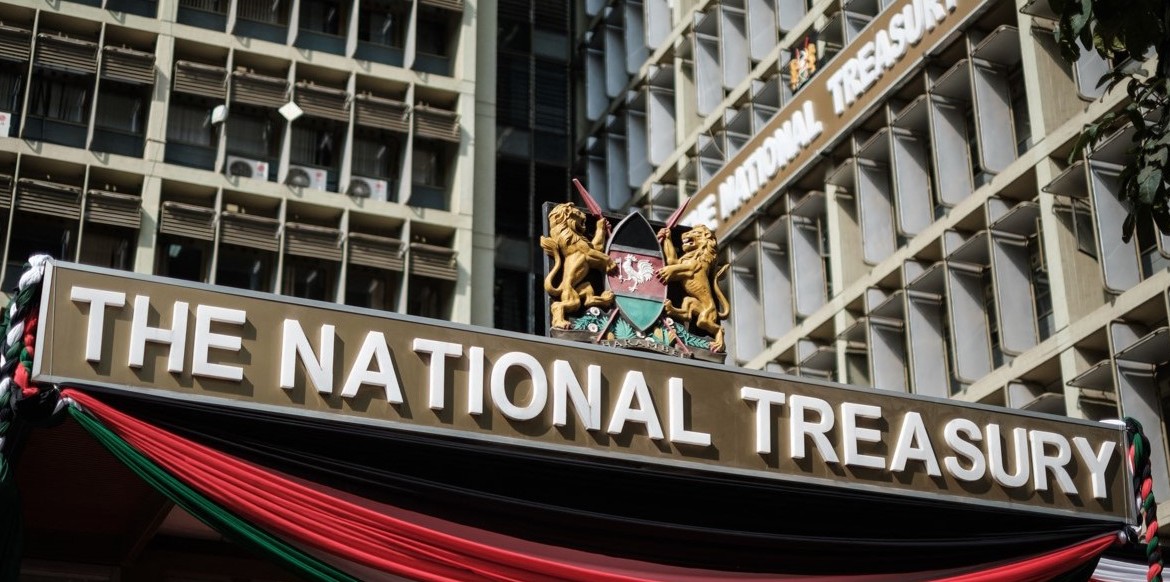
The Treasury notes that the proposed increase in spending underscores the government’s continued focus on economic recovery, infrastructure development, and service delivery.
The Kenyan government plans to increase its annual expenditure to Sh4.649 trillion in the 2026/27 financial year, representing an 8.9 per cent rise (Sh380 billion) from the current year’s estimate.
Total spending for the 2025/26 financial year is projected at Sh4.269 trillion, equivalent to 22.5 per cent of GDP.
More To Read
- Treasury under fire for using Sh2.67 trillion in domestic loans on recurrent spending
- National Treasury secures Sh437.8 billion loan to plug budget deficit
- MPs raise alarm over alleged misappropriation of College of Insurance land
- MPs question rising debt despite Treasury’s reduced CBK borrowing
- National Treasury says weak revenue, high debt repayments straining Kenya’s budget
- CS Mbadi tables new banking rules targeting non-compliance, unethical practices
According to the 2025 Budget Review and Outlook Paper (BROP) released by the National Treasury, the new estimate will account for 22 per cent of the country’s GDP.
Of the total expenditure, recurrent spending is projected at Sh3.437 trillion (16.4 per cent of GDP), while development spending is capped at Sh761.0 billion (3.6 per cent of GDP). Transfers to counties and the Contingency Fund are estimated at Sh446.6 billion and Sh5.0 billion, respectively.
The Treasury notes that the proposed increase in spending underscores the government’s continued focus on economic recovery, infrastructure development, and service delivery.
Funding for the budget will come from conventional revenue, including Appropriation-in-Aid (AiA), projected to reach Sh3.583 trillion, or 17.1 per cent of GDP. This represents an 11.2 per cent increase from the Sh3.221 trillion projected for 2025/26. Ordinary revenue alone is expected to total Sh2.99 trillion, equivalent to 14.3 per cent of GDP.
Despite the projected revenue growth, the budget is expected to run a fiscal deficit of Sh1.017 trillion, a 10.23 per cent increase compared to the 2025/26 estimate. This shortfall will be financed through a combination of net external financing of Sh241.8 billion and net domestic borrowing of Sh775.8 billion.
The Treasury maintains a positive outlook, emphasising that the government will continue implementing its fiscal consolidation plan aimed at reducing the deficit and containing public debt growth.
Enhanced domestic revenue
“This will be done while safeguarding essential service delivery through enhanced domestic revenue mobilisation and prudent expenditure management,” the Treasury said.
Key revenue measures will focus on reducing tax expenditures, expanding the tax base, improving compliance, and streamlining the tax structure to support investment and economic activities.
“At the same time, the government will continue to strengthen public financial management by improving expenditure efficiency through the implementation of an end-to-end e-Government Procurement System, integrated human resource management systems, pension reforms, expanded use of Public-Private Partnerships, and governance reforms in state corporations.”
These interventions, the Treasury adds, are central to ensuring fiscal sustainability and supporting inclusive, resilient economic growth.
Given the constrained fiscal environment, the government will entrench the Zero-Based Budgeting approach to guide the prioritisation and allocation of scarce resources for projects and programmes in FY 2026/27. Ministries, Departments, and Agencies will be required to re-evaluate all existing and planned programmes, projects, and activities to be funded in the next fiscal year and the medium-term budget.
Top Stories Today
